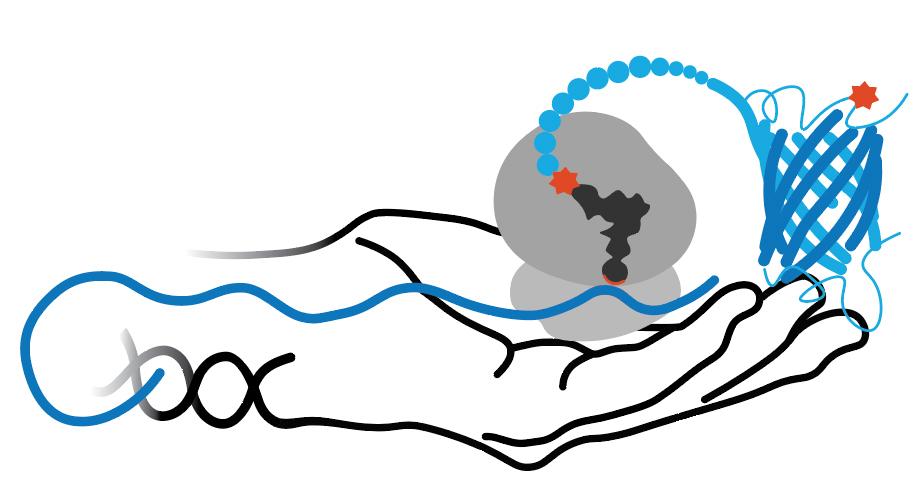Categories of Non-Canonical Amino Acids (ncAAs)
1. Post-translationally Modified Amino Acids
These are standard amino acids chemically modified after translation.
- Hydroxyproline – found in collagen
- Phosphoserine – serine with a phosphate group
- Methyllysine – lysine with methylation (histone regulation)
2. Synthetic or Engineered Amino Acids
Introduced via genetic code expansion (GCE) or chemical biology techniques to add novel functions.
- Azidohomoalanine (AHA) – azide group for click chemistry
- p-Azido-phenylalanine (AzF) – enables photo-crosslinking
- p-Acetyl-phenylalanine (AcF) – site-specific labeling
- Benzoylphenylalanine (Bpa) – photo-crosslinking and UV trapping
3. Fluorescent or Bioconjugatable Amino Acids
Designed for tracking, labeling, or binding applications.
- BODIPY-lysine – fluorescent probe
- Dansyl-alanine – fluorescent label
- Propargylglycine – clickable alkyne group
4. Photoreactive Amino Acids
Enable crosslinking with neighboring molecules upon UV light exposure.
- Benzophenone-based (Bpa)
- AzF (azidophenylalanine) – forms nitrenes upon UV exposure
5. Metal-binding or Redox-active ncAAs
Useful for coordinating metals or participating in redox reactions.
- Histidine analogs – for metal coordination
- Thioproline – redox-active thioamino acid
6. Unnatural Amino Acids with Bioorthogonal Groups
Enable clean, site-specific conjugation without interfering with native chemistry.
- Tetrazine-lysine – fast bioorthogonal reactions
- Cyclopropene-lysine – small, live-cell compatible tag
7. Backbone-modified Amino Acids
Alter the structure of the peptide backbone, often for stability or synthetic applications.
- β-amino acids
- α,α-disubstituted amino acids – e.g., Aib
💡 For a general introduction to Genetic Code Expansion and its broader applications, watch:
